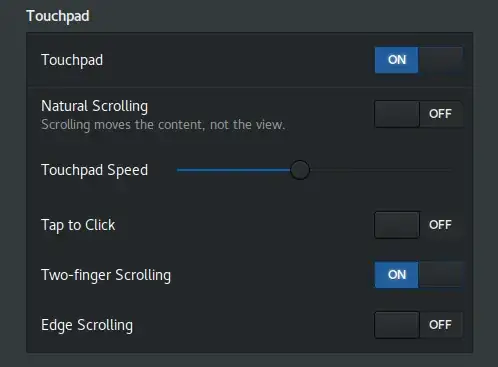The best method that have worked for me is to add your changes into Xsession.d, so it will load automatically for all users when you log into X:
(the file doesn't exists, so you can name it whatever you want. The numbers on the left means the order in which it will be executed in comparison with the other files.)
/etc/X11/Xsession.d/80synaptics
(owned by root, with permissions 644)
For example, you can use this as base:
#https://wiki.archlinux.org/index.php/Touchpad_Synaptics
#Palm dimension
#synclient PalmDetect=1
#synclient PalmMinWidth=4
#synclient PalmMinZ=100
#Touchpad sensibility (move)
#synclient FingerLow=10
#synclient FingerHigh=20
#Click detection
#synclient MaxTapTime=180
#synclient MaxTapMove = 242
#synclient MaxDoubleTapTime = 180
#2 finger = right click
#synclient TapButton2=0
#3 finger = middle click
#synclient TapButton3=2
#click corners
#synclient RBCornerButton=0 MaxTapTime
#synclient RTCornerButton=0
#synclient LTCornerButton=0
#synclient LBCornerButton=0
#Oval instead of rectangular
#synclient CircularPad=1
#TapAndDragGesture
#synclient TapAndDragGesture=1
#scroll in sides
#synclient VertEdgeScroll=0
#synclient HorizEdgeScroll=0
#synclient CornerCoasting=0
#2 finger scroll
#synclient VertTwoFingerScroll=1
#synclient HorizTwoFingerScroll=0
#Disable Touchpad on start
#synclient TouchpadOff=1
Tested in Ubuntu 14.04 and 16.04
